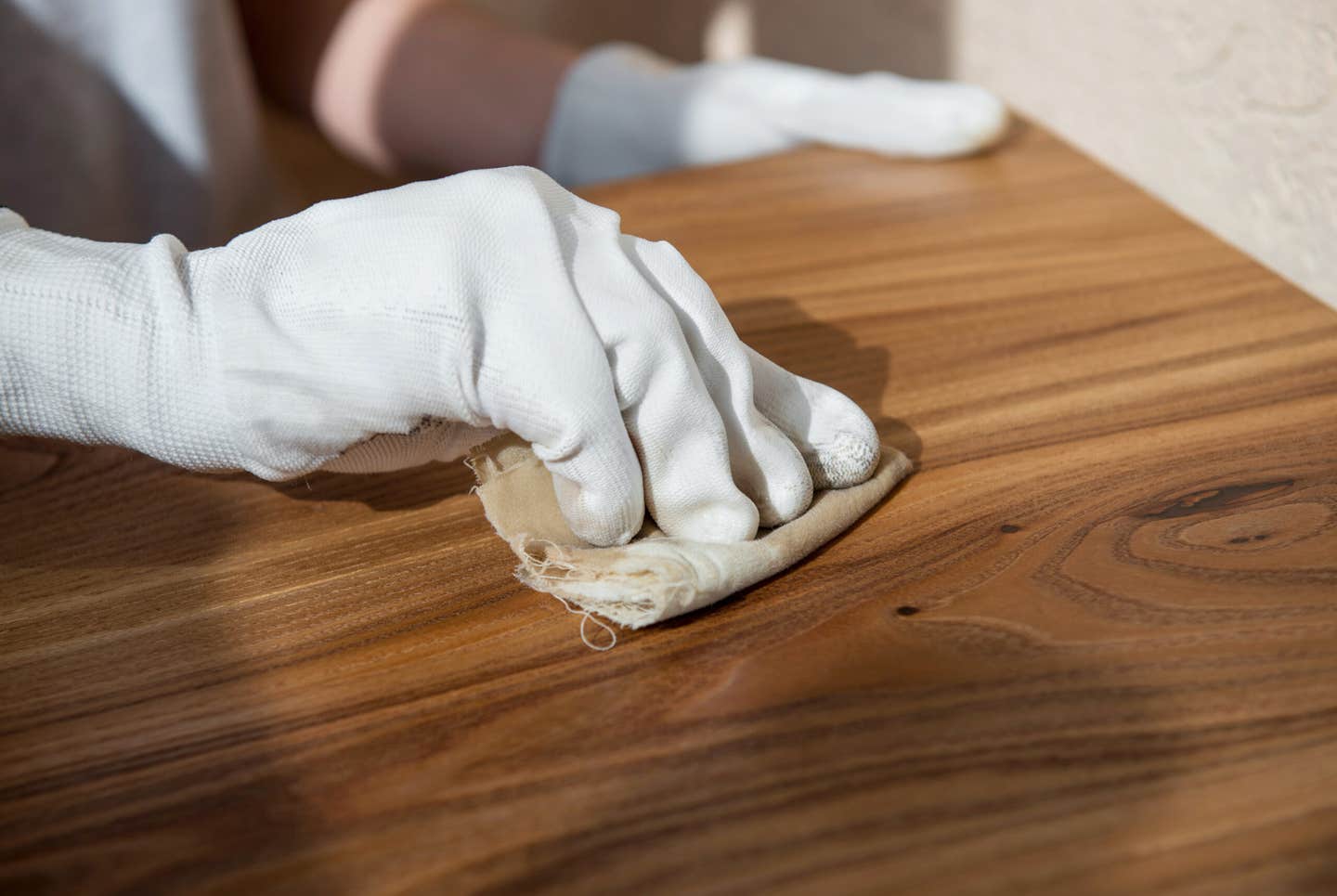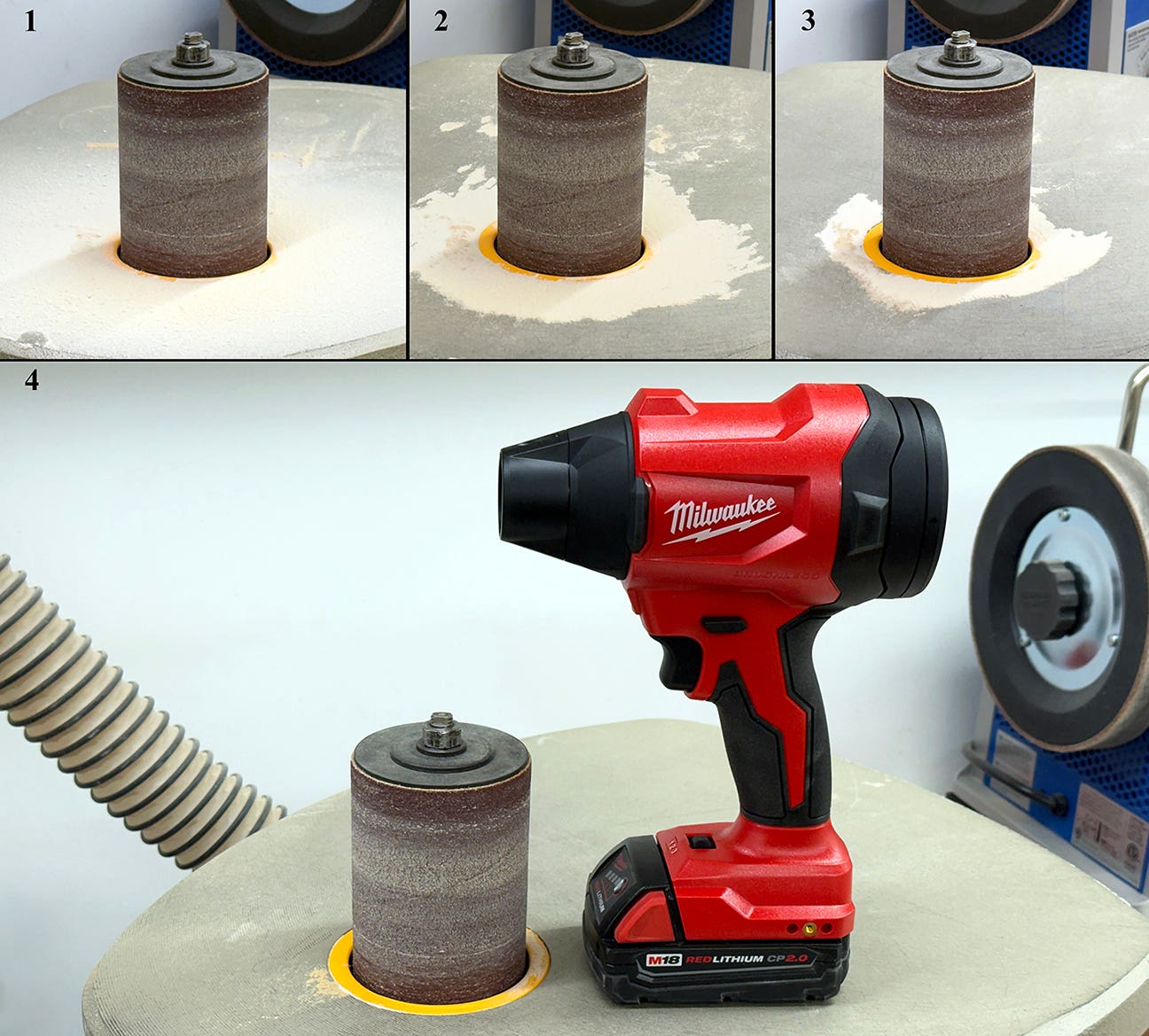Industry grassroots efforts are paying off
It certainly appears that WoodLINKS USA is succeeding in its efforts to strengthen woodworking education. National director Mark Smith offered these encouraging words in the program’s September newsletter: “WoodLINKS USA…
It certainly appears that WoodLINKS USA is succeeding in its efforts to strengthen woodworking education. National director Mark Smith offered these encouraging words in the program's September newsletter:
"WoodLINKS USA is currently better positioned to serve the wood industry than it ever has in the past. It is noteworthy that we will have 100 schools by the end of the year and a cumulative exposure of 50,000 students benefitting from the WoodLINKS USA program. The reason for this growth is directly related to the associations, trade journals, companies and individuals supporting with funds, in-kind donations and volunteering their time. The fruit of your labor can be seen at schools all across the nation, the teachers attending AWFS and IWF teacher-in-service events, and young lives being directed toward the wood industry as a career path of choice."
Smith also notes the significance of adding Thomas Tuck to the program's board of directors. Tuck graduated from a WoodLINKS USA program in 2003 at Cedar Ridge High School in Hillsborough, N.C. He's currently the marketing coordinator and a regional sales manager for SCM Group USA. "After 10 years, WoodLINKS USA has come full circle," says Smith of Tuck joining the board.
It might not be the shop classes you remember as a kid, but for information on the program, visit www.woodlinksusa.org.
* * *
In related news, the Woodwork Career Alliance gave an enthusiastic progress report on its efforts to create skill standards for the woodworking industry at the AWFS fair.
You can read more about it on Page 7 but, as I understand it, the woodworking industry is about the only major manufacturing sector without skill standards. Why are they needed? They should be especially useful in the hiring process, giving job candidates specific written performance qualifications they must be able to meet. But in my opinion, the biggest benefit is using these skill standards as the foundation of curriculums taught at the high school and post-secondary levels.
The skill standards are still very much a work in progress and the alliance needs more participants to help with the writing process. If interested, contact Greg Heuer by e-mail at gheuer212@me.com.
* * *
The Craft Emergency Relief Fund now provides assistance to emerging professional craft artists who have suffered a recent career-threatening emergency. In the past, CERF provided assistance only to artists who earned a living from their work for at least three years.
"We have expanded our guidelines because we recognize that disasters can strike artists who have recently started their careers and business," says program director Craig Nutt.
To be eligible, an applicant must demonstrate a clear commitment to working full-time as a craft artist along with working to advance their knowledge in their chosen media through education, apprenticeships or internships.
For information, visit http://craftemer gency.org.
* * *
The National Association of the Remodeling Industry is reminding homeowners that if a contractor asks them to pull a permit, that should be a red flag for the homeowner to find a different remodeler.
"A reputable contractor should object to a homeowner pulling his or her own permits," says NARI spokesman Darius Baker. "It's part of the service that a consumer should expect when they hire a contractor."
The NARI points out several good reasons why the contractor should pull all permits, including the responsibility for inspections by local building officials.
In these tough economic times, many woodworking shops are doing whatever is necessary to make ends meet. You might be tempted to take shortcuts on remodeling jobs. But remember: shortcuts can destroy a reputation that took years to build. Do it by the book.
This article originally appeared in the October 2009 issue.







